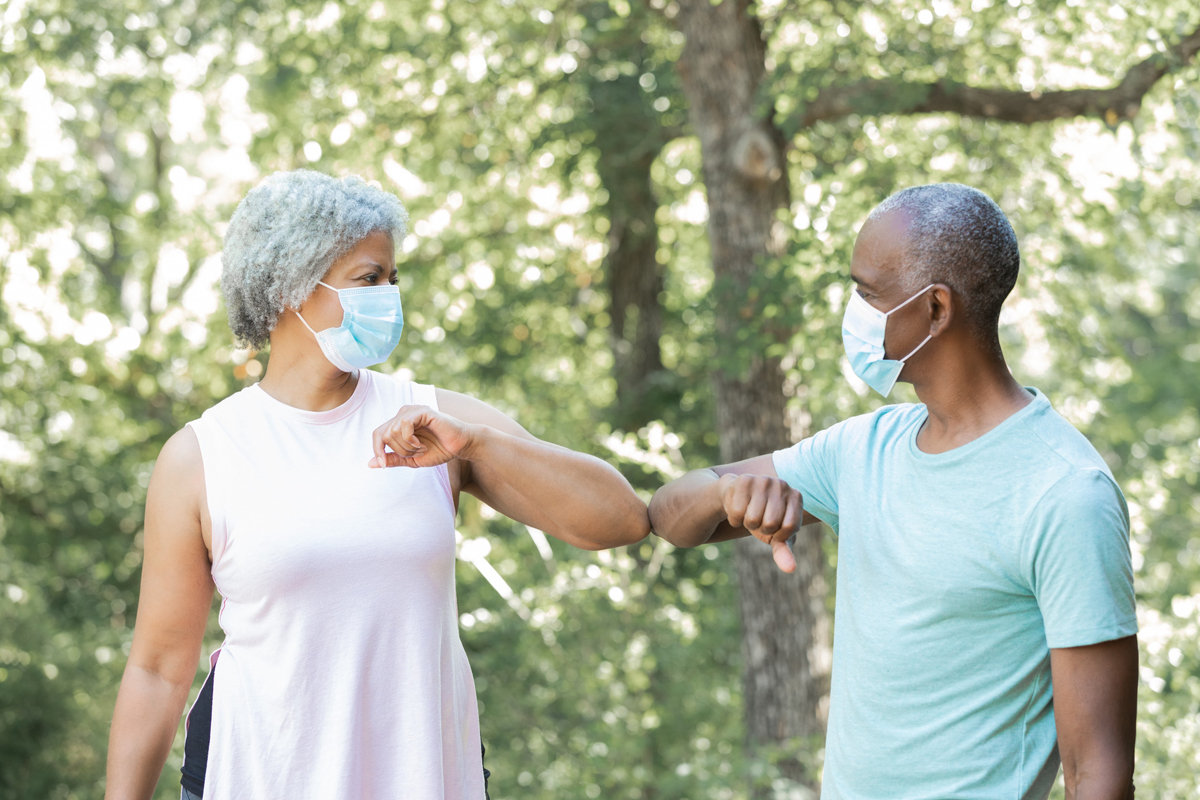At the beginning of the pandemic, a meme started circulating pointing out that Gen-Xers were built for pandemic times.
A whole generation of latchkey kids knew how to stay at home, fend for themselves, and not open the door to anyone. For many people with an income and a stable home environment, working from home for a bit seemed like an experiment. And Millennials — and even younger kids — seemed especially well prepared. They had grown up online, after all. They knew how to do almost everything, including socializing, virtually.
The gravest concerns early in the pandemic were for older adults, particularly given that they were more likely to develop serious cases of COVID-19, leading to disproportionate hospitalizations and deaths. And we worried about the impact of isolation among seniors; how would those in nursing homes thrive without visits from loved ones? What about those living alone, without any physical contact or social connections? How was an older person going to survive being locked down in their home? How would they get even the basics like groceries?
Thirteen months later, it turns out that these early predictions of the pandemic’s impact on different age groups were wrong (like so much else about the pandemic). Children, adolescents, and young adults are perhaps faring worse than their elders. Data from multiple sources show that mental health care services, including emergency mental health for children and teenagers, increased significantly for young people over the past year, despite a decrease in health care visits overall. One survey found that about half of parents with teenage children have noticed a new or worsening mental health condition for their teen since the start of the pandemic. National survey data released earlier this month showed that young adults are the most likely age group to have reported having anxiety or depressive symptoms in the previous week. And rates of mental health concerns among that group are growing, from 49% of young adults in August 2020 to 57% in January 2021.
Meanwhile, older adults are doing relatively better. In surveys conducted last October, nearly half of young adults reported having experienced symptoms of anxiety and/or depression in the prior week, compared with only one-quarter of New Yorkers ages 65 and older. COVID-19 has hardly been easy on older people, far from it. So why are older people exhibiting more resilience?
Some of it circumstantial. One protective factor for older adults is that they largely haven’t had the added layer of new economic anxiety. Because many older adults are retired, they didn’t experience the same rates of job loss that occurred across other age groups. Their incomes were more stable during the pandemic. Adults ages 65 and older were also less likely than other age groups to have experienced food scarcity. And most older adults didn’t have the added pressure of managing school-aged children at home with their other responsibilities during the pandemic.
But it probably goes deeper than that. Older adults have gained wisdom and coping skills through life experience. Research has shown that older people have more positive daily emotional experiences than younger people; this predisposition to a positive emotional state may contribute to the lower reported rates of depression and anxiety among older adults during the pandemic. A national study of adults ages 18–76 conducted last April found that, despite the same reported stress levels across age groups, older adults’ moods remained more positive than younger adults’.
About two-thirds of American adults over the age of 65 are now at least partially vaccinated against COVID-19. I love seeing the stories of them returning to a more normal way of life. A recent New York Times piece — perfectly titled, “Fully Vaccinated and Time to Party: If You Are 70” — included glimpses of seniors getting together in person with friends, making plans to reunite with grandchildren, returning to winning streaks at the ping-pong table, and even getting out on the dance floor. After a difficult year, they’re expressing relief, hope, optimism, and joy, even as they recognize that we’re not yet out of the woods with the pandemic. And maybe that’s part of resilience: focusing on the positive rather than dwelling on the challenges over which we have no control. We can all learn from the wisdom of our elders in this regard.
Published in Medium on April 13, 2021


